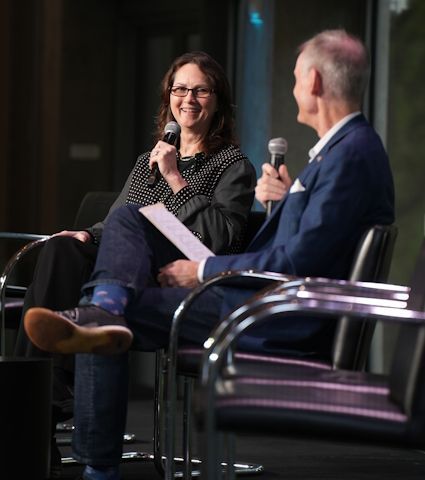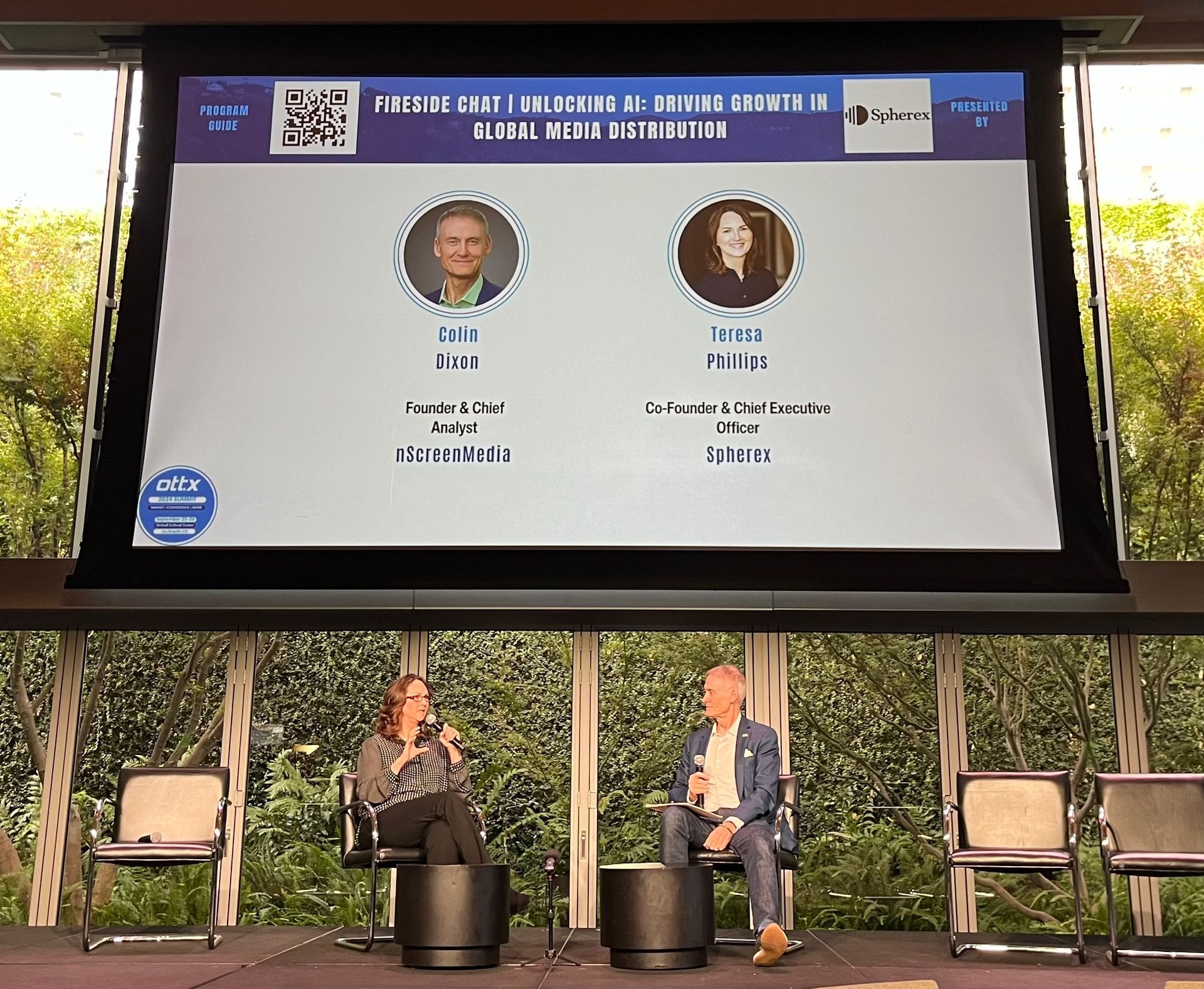Spherex M&E Predictions for 2023
Legendary novelist and screenwriter William Goldman famously said, "In Hollywood, nobody knows anything." He was right in referencing Media and Entertainment's ability to predict what will happen. With that, we offer our predictions of the events that may impact M&E in 2023.
1. The Shift from Linear to Streaming Is Terminal
Just as "Video Killed the Radio Star," consumer preference and their adoption of any number of the alphabet soup of VODs signals that linear television's demise is upon us. Industry leaders agree. Disney's Bob Iger said linear "is heading for the great precipice," and industry analyst MoffettNathanson, LLC has stated linear TV is "hanging by a thread."
This past year, cord-cutting continued to devastate linear TV. The percentage of households watching pay TV declined from a high of 85% in 2007 to 55% today. In Q3 of 2022 alone, pay TV slipped 6.2%, and satellite services fell 12.9% YoY, with a combined total loss of 1.68M subscribers. At the same time, virtual TV providers (vMVPDs), such as Sling TV, Hulu+Live, and YouTube, added 898K subscribers (14.6%). For the first time, streaming overtook linear in August, reaching a 34.8% share compared to 21.6% for broadcast and 34.4% for cable.
Hidden within those numbers are the changes in age preferences and indicators of the long-term viability of linear TV. For example, in the UK, people aged 16-24 years watch seven times less broadcast TV than their over-65 counterparts. In the US, four-in-ten teens reveal that their household doesn't have a pay TV subscription.
Advertisers are noticing these changes, too, and those changes are impacting their spending decisions. Local TV advertising is forecast to decline by 15% in 2023, and a third of its advertisers "will not resume linear TV spending anytime soon." These changes present real challenges for networks looking to keep audience numbers while maintaining revenue and deciding what content in which to invest.
A recent story in the New York Times describes AMC's challenges as it tries to generate enough profit from streaming to make up for its traditional linear business, and this problem is not unique to the industry. Industry-wide, layoffs, restructuring, and changes in content priorities away from linear TV in favor of streaming are commonplace across the industry.
Paraphrasing, "2023 may not be the end of the (linear TV) Earth, but you can see it from here."
2. Generative AI Makes Itself Known
If you don't know what Generative Artificial Intelligence (AI) is, you will find out in 2023.
Generative AI tools generate new content, e.g., images, audio, text, or computer code, through an unsupervised and autonomous process of data collection gained from direct user interaction. It learns about the user and the task and improves on the fly.
Compare this to Discriminative AI, which requires teaching the task using static data. While Imagen, ChatGPT, and Latitude are all Generative AI tools with direct M&E applications, Spherexgreenlight™ is an example of Discriminative AI.
For example, using Imagen, a photographer can edit individual or batches of photographs to match a specific style. Suppose they're editing photos for a sci-fi movie, and all the images are required to look like they were shot on Mars. After defining the appropriate lighting in Adobe Lightroom Classic, Imagen automatically changes an entire catalog of shots "at less than ½ second per photo."
ChatGPT is a "research preview app" intended to "converse" with people and generate automated responses. The app can answer questions, have a conversation, make decisions, or write the following sentence for this post. To demonstrate its capabilities, we asked it to "describe its expected benefits to the film and TV industry."
"ChatGPT's expected benefits to film and TV content creators, directors, and distributors include increased efficiency and productivity through the use of AI-powered tools for scriptwriting, casting, and scheduling."
Latitude is a platform for creating new user experiences in online gaming. It removes the constraints programmed into traditional games by allowing users to create their own stories within the game universe and let them play those stories out. Its first released product, AI Dungeon, is a game influenced by the classic Dungeons & Dragons game and answers the question of whether AI can be a Dungeon Master. Players can add to the story by describing what they want in simple terms, and the platform generates it in real-time and inserts the objects or actions into the game.
These are just a few companies creating Generative AI products for M&E. We believe 2023 will be the year people begin to fully recognize the value they add to content creation, production, and distribution.
3. Foreign Language Content Becomes an Industry Staple
As consumers make streaming their entertainment delivery platform of choice, content quality and diversity will be recognized as critical factors when selecting their platform. Increasingly, the content created by women and people of color includes characters in non-traditional roles or relationships and originates outside Hollywood.
Foreign language content is breaking geographic and language barriers everywhere. Many of the top series across the major streaming platforms in 2022 were foreign titles. Extraordinary Attorney Woo (South Korea), Little Women (South Korea), Suzhal: The Vortex (India), and Slow Horses (UK) are a few examples. The Academy of Motion Picture Arts and Sciences announced 75 films from 92 countries were eligible to receive the Best International Film Oscar at the 95th Awards ceremony in March, an increase of 13 films from 2022. These films are also acceptable for the coveted "Best Picture" Oscar.
With the increased awareness of quality storytelling worldwide and consumers' willingness to "overcome the 1-inch tall barrier of subtitles," audiences are being "introduced to many more amazing films." Success breeds success. Foreign language titles attract significant audiences, and revenue means studios and producers will invest the necessary resources to localize their titles and distribute them internationally properly. As a result, not only will consumers have access to many more amazing stories, but localization will become an integral and necessary component of post-production in 2023 and beyond.
That's a Wrap!
This coming year will continue to be one of innovation and change. Come back in December 2023, and let's see how well we did!
Share this post
Related Posts











